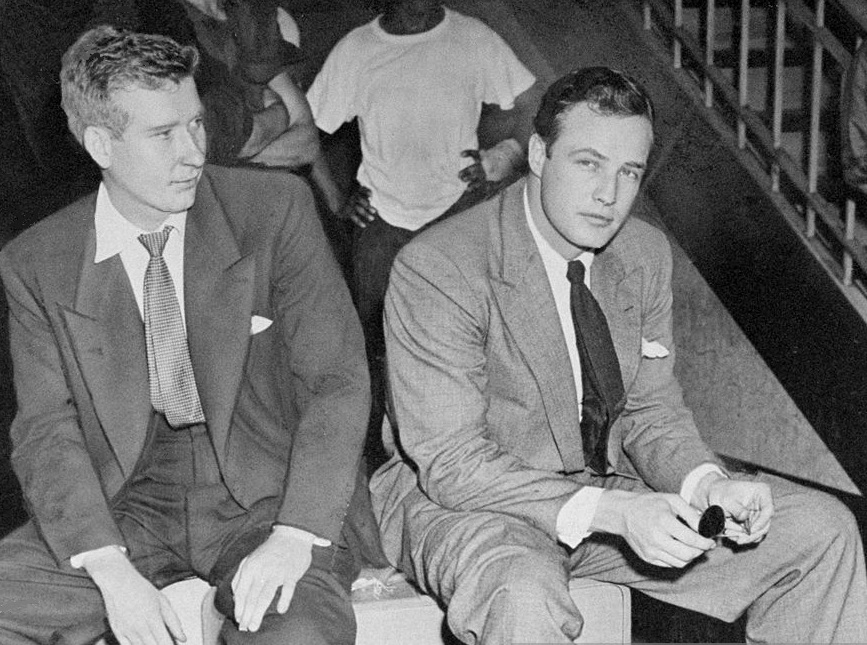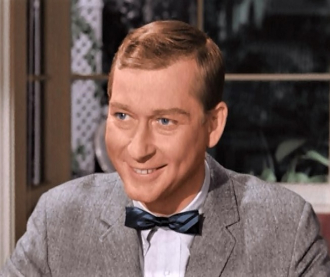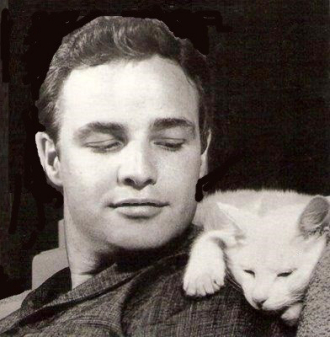William Redfield and Marlon Brando
A photo of William Redfieldand good buddy Marlon Brando
Date & Place:
Not specified or unknown.


 Amanda S. Stevenson
Amanda S. Stevenson 



